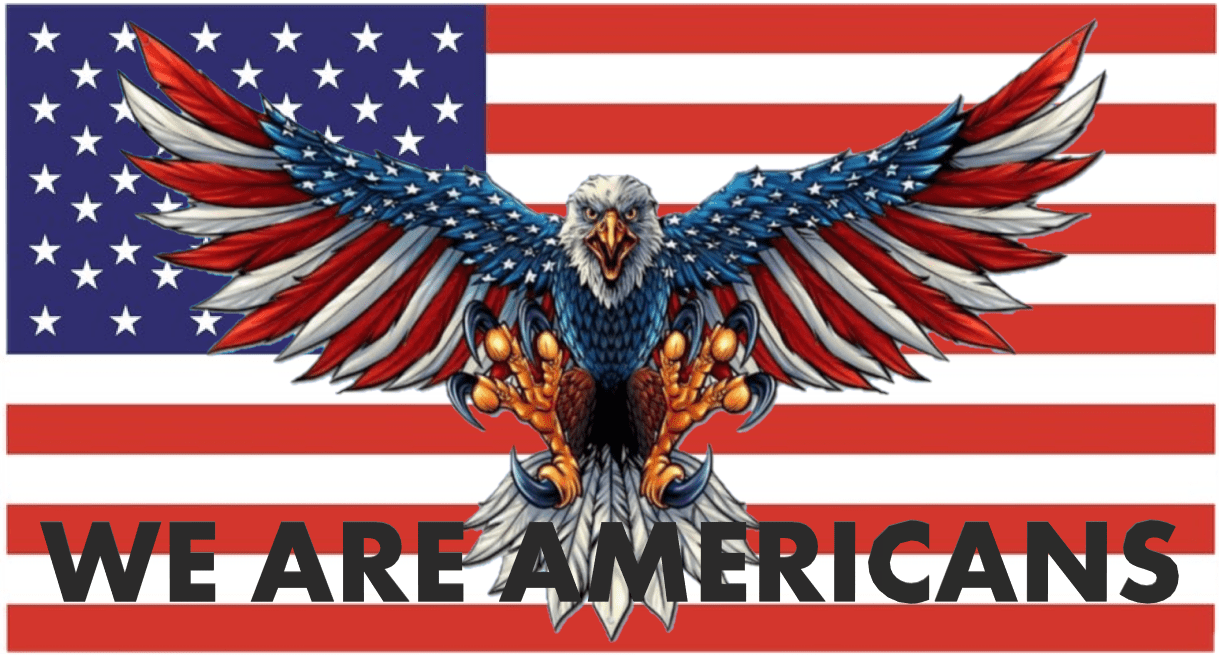April 9, 2025 – 1:45 PM PDT
In a stunning display of economic strategy, President Donald Trump’s tariff policies, dubbed by supporters as a real-time demonstration of his “Art of the Deal,” are yielding immediate results. U.S. stock markets soared today following the announcement of a 90-day tariff pause and a reduction to a 10% reciprocal tariff rate for most trading partners—except China, where tariffs have been hiked to an unprecedented 112%. The move has rallied friendly nations to the negotiating table while uniting global sentiment against the Chinese Communist Party (CCP).
The S&P 500 surged by over 7% in afternoon trading, marking one of its strongest single-day gains since World War II, as investors cheered the temporary relief for dozens of countries. Trump’s decision to lower tariffs to 10% for 90 days—excluding China—followed days of market turbulence sparked by his initial sweeping tariff plan. The pause has been hailed as a masterstroke, giving nations like South Korea, Japan, and members of the European Union breathing room to renegotiate trade deals with the United States. Reports indicate that over 70 governments have already reached out to the White House, eager to strike agreements and avoid the higher levies.
“Countries are calling us in a panic, ready to deal,” Trump boasted in a Truth Social post earlier today. “The Art of the Deal is back—fair trade, strong America, and a world that respects us again.”
Meanwhile, tariffs on Chinese imports have escalated to 112%, up from the 104% rate that took effect at midnight, intensifying the trade war with Beijing. The hike came after China retaliated with an 84% tariff on U.S. goods, a move Trump called “disrespectful to the world’s markets.” The administration’s hardline stance has galvanized international frustration with the CCP, with analysts noting a growing coalition of nations aligning against China’s trade practices.
“China’s refusal to negotiate fairly is isolating them,” said Treasury Secretary Scott Bessent in a statement. “The world sees the CCP for what it is—unwilling to play by the rules. Friendly nations are stepping up, and the markets are rewarding us for it.”
The stock market’s immediate upswing reflects investor confidence in Trump’s dual-track approach: easing pressure on allies while doubling down on China. Companies like Tesla, Apple, and United Airlines saw double-digit gains, buoyed by the prospect of stabilized global trade—outside of the U.S.-China standoff. The Dow Jones Industrial Average climbed over 2,000 points, erasing much of the week’s earlier losses.
Critics, however, warn that the escalating tariffs on China could still disrupt supply chains and stoke inflation, even as the World Trade Organization projects an 80% drop in U.S.-China merchandise trade. “This is a high-stakes gamble,” said economist Laura Tyson. “The market loves the short-term relief, but the long-term cost of decoupling from China could be severe.”
On the global stage, the tariff saga has united much of the world in opposition to the CCP. Canada imposed 25% duties on U.S. autos not compliant with the USMCA, while the EU voted for a 25% tariff on $23 billion worth of U.S. goods in response to earlier U.S. steel and aluminum levies. Yet, these retaliatory measures pale in comparison to the collective ire directed at Beijing, where nationalist rhetoric and trade intransigence have only deepened its isolation.
As Trump’s tariff strategy unfolds, the world watches a high-wire act of economic diplomacy. For now, the markets are betting on the dealmaker-in-chief—and against the CCP. Stay tuned for further updates as negotiations with friendly nations progress and the U.S.-China trade war enters uncharted territory.

















+ There are no comments
Add yours